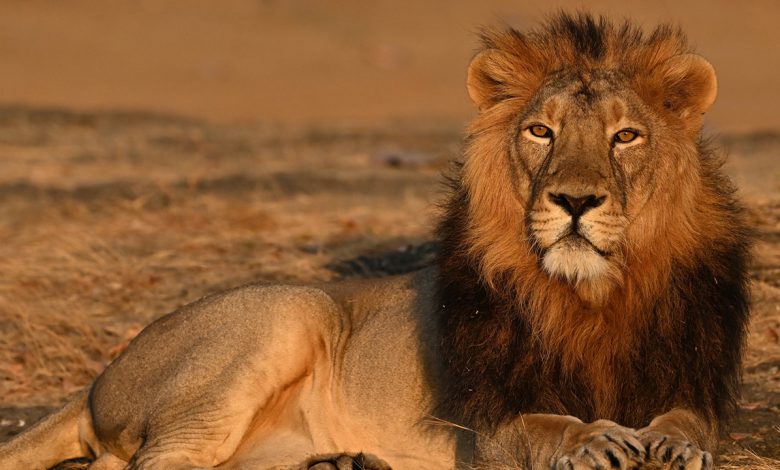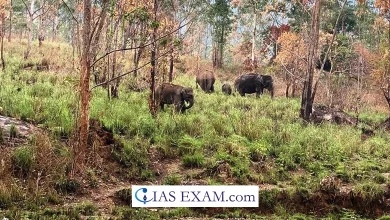
Context- The government informed the Supreme Court that introducing lions from Gir, Gujarat, into Kuno National Park may cause conflict between the pride and the cheetahs imported from Namibia and South Africa in recent months.
Key Highlights
- The government stated that it would take six months to reevaluate whether or not the “thriving” Asiatic lion population in Gir should be relocated to Kuno in Madhya Pradesh, where the cheetahs are settling in.
- For the cheetahs, the Center suggested creating a “stress-free environment.”
- The government also stated that, despite the fact that cheetahs and lions are known to coexist, the vulnerable and competitively subordinate cheetah species ought to be released first.
Gir National Park
- Gir National Park and Wildlife Sanctuary is situated within the Junagadh district of Gujarat.
- Asiatic lions only live naturally in the Gir Forests.
- In 1965, it was designated a sanctuary, and in 1975, it became a national park.
- The Gir Backwoods is the biggest compact tract of dry deciduous woodlands in the semi-bone-dry western piece of India.
- Numerous mammal, reptile, bird, and insect species inhabit the unique Gir Forests, as does a wide range of flora.
- Gir is frequently associated with “Maldharis,” people who have adapted to life on earth through symbiotic relationships with lions.
- Gir is home to the Maldharis, a religious pastoral community. They call their settlements “nesses.”
Asiatic lions
- India is home to the Asiatic Lion, which is also known as the Persian Lion or the Indian Lion. It is a subspecies of the Panthera Leo Leo family.
- Before it became extinct in these areas, its previous habitats were West Asia and the Middle East.
- Lions from Asia are slightly smaller than lions from Africa.
- A longitudinal skin fold that runs along the belly is the most recognizable morphological feature, and it is only rarely found in African lions but is always present in Asiatic lions.
Distribution:
- In the past, Asiatic lions were brought to the eastern state of West Bengal and the central state of Madhya Pradesh’s Rewa.
- The Asiatic lion currently only calls Gir National Park and Wildlife Sanctuary home.
- The Asiatic lion population in the Gir forest region will rise in 2020, according to the Gujarat Forest Department.
Threats:
- Its susceptibility to unanticipated circumstances like a plague or a natural disaster, poaching, and the killing of lions by locals in the area of the Gir National Park in response to attacks on livestock
Status for Protection:
- IUCN Red List: Endangered
- CITES: Appendix I
- Wildlife (Protection) Act 1972: Schedule I
Conservation Efforts:
- The Union Ministry of Environment, Forests, and Climate Change (MoEFCC) has launched the “Asiatic Lion Conservation Project.”
- From 2018 to 2021, it has been approved for three fiscal years.
- For the sake of overall Asiatic lion conservation, it envisions scientific management with community participation and coordination with multi-sectoral agencies for disease control and veterinary care.





.png)



